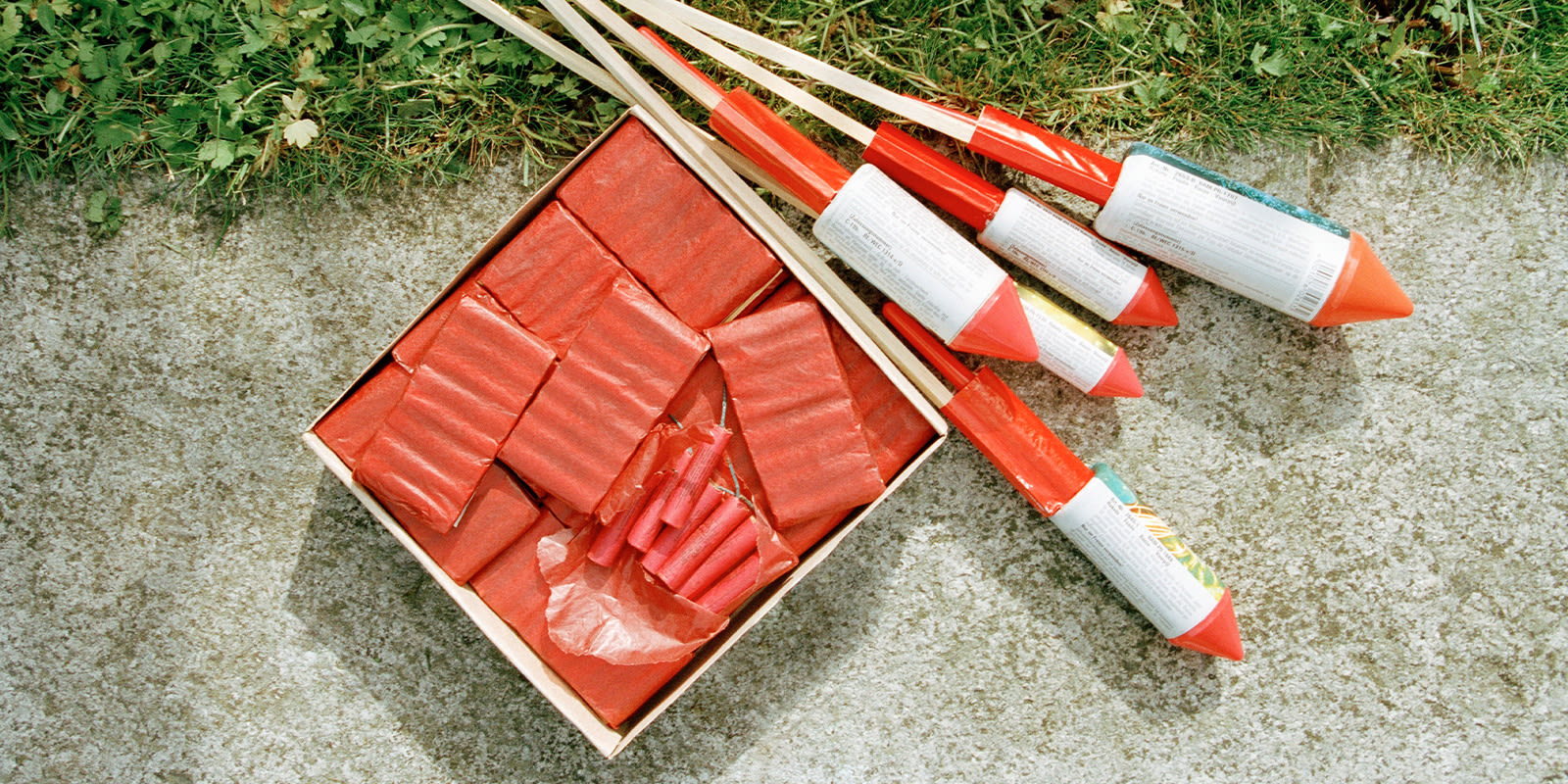
July 2, 2020
Understanding How to Take The Bang Out of Shipping Dangerous Goods
Tags:
Understanding How to Take The Bang Out of Shipping Dangerous Goods

July 2, 2020
Dangerous goods are popping off across the US this week. With display fireworks scheduled amid COVID-19 social distancing and a spate of cooped-up consumers taking illicit shows to the streets, this year’s July 4th celebrations may look different than years past, but the mechanics of the global supply chain remain the same.
The reason dangerous goods require more care and diligence than the average shipment is that their chemical composition is more likely to cause costly or injurious events in case of an accident. Since fireworks comprise a broad range of pyrotechnic mixes, they offer a prime example of how to prepare hazardous cargo for shipment.
Read on to learn how to take shipping dangerous goods from risky to relatively predictable.
Know The Risks
Fireworks imports are down by approximately 35% this year, but in 2019, the US received over $335 million in shipments of display fireworks.
That’s a lot of kaboom in the event of a freight forwarding accident—although it’s not just fireworks shippers that would have to pay. The maritime principle of general average pro-rates the cost incurred to save ship, crew, and cargo across all stakeholders, including shippers whose goods may be unscathed, making cargo insurance a must for all shippers, regardless of the commodity they ship.
Most consumer-grade fireworks are categorized under the United Nations explosives shipping classification system. While they are defined as presenting no significant hazard when shipped safely, they do require certain hazard marks or labels, which increase shipping costs.
And, when using airfreight, already required for certain types or quantities of fireworks, shippers are looking at higher prices and unpredictable capacity crunches, since highly explosive fireworks can’t fly in passenger-plane bellies like non-dangerous goods can.
That’s why when shipping dangerous goods, the key is to pack, label, document, and be up on the latest compliance regulations.
Safe Shipping
Maintaining safety is fairly straightforward when stowing and transporting fireworks. Federally approved training is required of anyone who ships fireworks or causes them to be shipped. Training helps to ensure regulatory compliance, including packing, marking or labeling, documentation, and declarations. An abundance of caution can improve the odds for all stakeholders and mitigate damage in case of explosion.
Basic best practices include limiting quantities shipped per vessel, using appropriate packing materials and techniques, and avoiding co-storage of incompatible materials by segregating fireworks from other containers.
To that point, some of these practices, such as separating explosives behind a vessel’s steel bulkhead, are codified in carrier agreements or regulations like the International Maritime Dangerous Goods Code.
Other practices are common sense—for instance, ensuring highly combustible fireworks, like Roman candles, get packed as tightly as possible to avoid friction during movement. Finer points demand deeper knowledge, like packing rockets in perpendicular or tumbled layers, rather than rows pointing in single directions.
Additional expert recommendations include surrounding fireworks containers with empty containers to reduce potential loss of goods, loading containers at half capacity, or limiting weight to two tons per 20 TEU.
But while stowage regulations can cover details like lightning protection, the layout of onboard electrical equipment, and compartment locks on vessels, the vessels themselves may not have limitations on dangerous goods.
This means shippers are responsible for making sure staff is trained and current, and goods are safely packaged and accurately declared, to ensure safe passage of cargo for all stakeholders—even those on the same sailing that may be unknown.
A Quick Checklist
Before shipping any dangerous freight, it’s a good idea to review the following guidelines to ensure that any hazardous goods are identified and shipped safely, keeping non-dangerous goods protected.
- Determine if goods fall under any of the nine dangerous goods hazard classes. If you’re uncertain, ask your freight forwarder and get the right training.
- Ask if the manufacturer is using the compliant packaging materials as defined in the regulations. For instance, bulk fireworks require United Nations-tested packaging for safety. Request details.
- Make sure your carrier is experienced with dangerous goods. Your freight forwarder should be fully certified. Request to see their certificates.
- Check to see what your insurance covers. Be sure to have a contingency plan in case of damages, civil penalties, or other liability.
With appropriate care and compliance from certified experts on your freight forwarding team, the risk of a dangerous goods accident is lowered. To learn more about how to build a safe and compliant supply chain for fireworks and other dangerous goods, email dg@flexport.com.
About the Author

July 2, 2020


